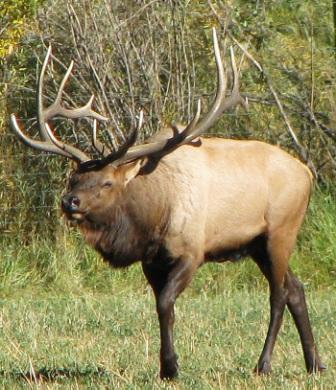Benefits for the Client
- Single, Comprehensive Solution: We provide one price and assume your mitigation obligations.
- Cost Savings: Eliminates the land costs associated with creating on-site wetlands.
- Reduced Liability: Removes the ongoing responsibility, liability, and reporting required to maintain created wetlands in perpetuity.
- Time Efficiency: Avoids potential delays that can occur with on-site wetland creation.
- Streamlined Focus: Frees you to concentrate on your primary project rather than managing wetland construction and maintenance.
- Simplified Water Rights: Eliminates water rights complications and issues associated with establishing new wetlands.
- Lower Risk of Ecological Failure: Mitigation banks have a significantly higher success rate; according to the ACOE, 90% of on-site mitigation projects fail.
Benefits for the Environment and the Community
- Enhanced Aesthetics: Wetlands are visually appealing and can attract both locals and tourists.
- Habitat for Birds: Provide critical nesting and resting sites, supporting avian migration.
- Biodiversity Support: Foster diverse plant and animal communities, forming essential links in the aquatic food chain.
- Cooler Temperatures & Shade: Help lower surrounding temperatures and offer shaded areas.
- Non-Consumptive Water Use: Minimize the depletion of water resources.
- Natural Water Filtration: Improve water quality by filtering out pollutants through physical, chemical, and biological processes.
- Improved Aquatic Habitat: Supply cool, clean water and vital environments for fish, amphibians, and other aquatic species.
- Flood Control: Act like a sponge, holding water and slowing runoff, which reduces flood risks.
- Wildlife Corridors: Facilitate the migration of various wildlife species.
- Invasive Species Control: Help reduce undesirable weeds and maintain native plant communities.
- Greenhouse Gas Management: Contribute to the management and reduction of greenhouse gases.
Wetlands store water and slowly release it over time. In the San Juan Mountains, snow melt produces a large quantity of water runoff in the spring and early summer. Wetlands help distribute the water throughout the growing season. This slower delivery of water is especially important in maintaining groundwater levels and higher stream flows during dry periods.
Flood reduction
Floods and erosion often damage property, roads and crops. Wetlands slow down water, they help reduce erosion, flooding and the damages that may result.
Water filtration
Wetlands filter sediment and pollutants from water. Suspended sediment drops out of slowly flowing water in wetlands. Dissolved substances like pesticides, herbicides, and excess nutrients are taken up by the soil microorganisms and plant roots.
Climate
Wetlands store carbon and prevent it from being released into the atmosphere as greenhouse gases such as carbon dioxide. According to The Ramsar Bureau, "wetlands may store as much as 40% of global terrestrial carbon; peat lands and forested wetlands are particularly important carbon sinks."
Let Nature Take It's Course-Columbus Dispatch
Bio diversity and Wildlife Habitat
Wetlands are home to deer, elk, water fowl, songbirds, frogs,dragon flies and provide a temporary home for migrating birds.
Wetlands are nurseries for native species. Birds, fish and some mammals need wetlands to survive. Aquatic insects provide food for birds and other wetland creatures such as snails, spiders and beetles. Wetland life, from unseen by the human eye to the largest bird and tree, is all interdependent.
Source: Wetlands of the San Juan Mountain Regions
-Information and Guidance for Landowners and Other Residents
Wetlands mitigation banking can provide more cost-effective mitigation and reduce uncertainly and delays for qualified projects.
Banking eliminates the temporal losses of wetland functions.
Consolidation of numerous small, isolated or fragmented mitigation projection into a single large parcel may have great ecological benefit.
Mitigation banking can bring scientific and planning expertise and financial resources together, thereby increasing the likelihood of success.
Some information provide by Mountain Studies Institute.
For more information Ducks Unlimited - For more information about Ducks Unlimited The Ramsar Bureau - For more information
Current & All-Time Bird Species Reports

